I am wiring up my new 3D printer motherboard. I am using a lj12a3-4-z\bx inductive proximity sensor for my bed sensing probe. In order for the probe to function at its best, I am running it on 24V from a spare fan header. Since it is NPN, it "sends" GND to the probe trigger pin so normally I would have nothing to be worried about. If the probe fails, could it send 24V into the microcontroller and zap the motherboard? My electronics knowledge is still growing.
Since I would really hate for a $2 probe to break my $75 motherboard, is there a simple way to protect the microcontroller from a high voltage spike? My first thought was a simple voltage divider. I have used one on a PNP probe to step 24V down to 5V. Is this the same case just as protection rather than supply voltage?
With the above case in mind since I am protecting a logic pin would I want to step down to 5V or 3.3V?
Any insight?
